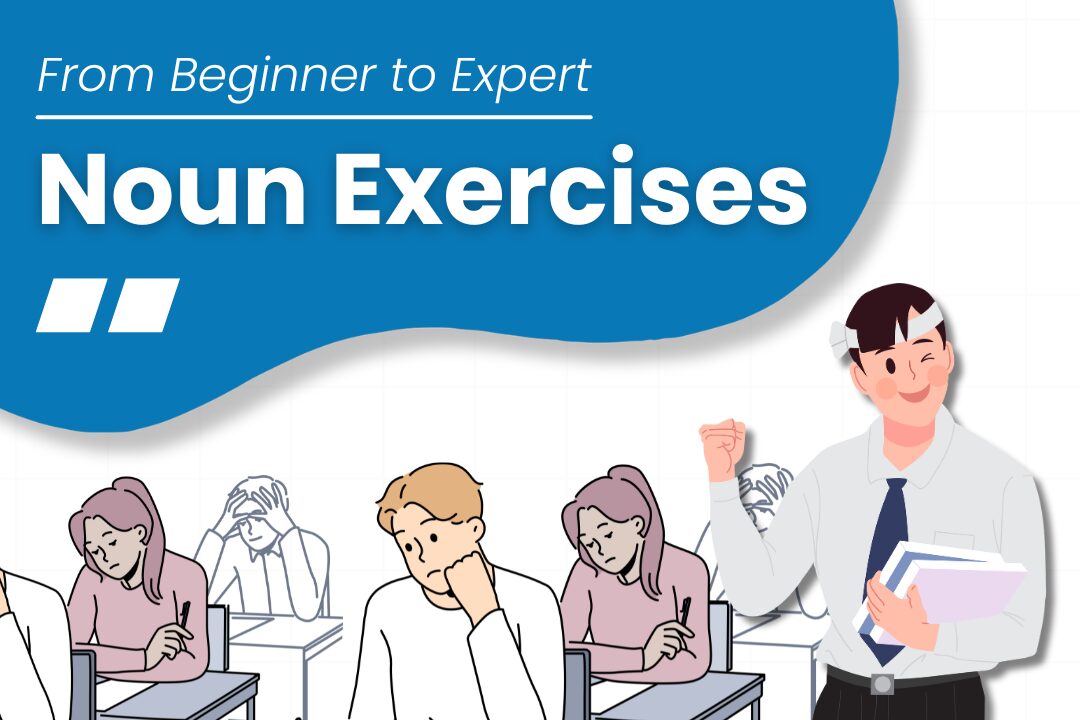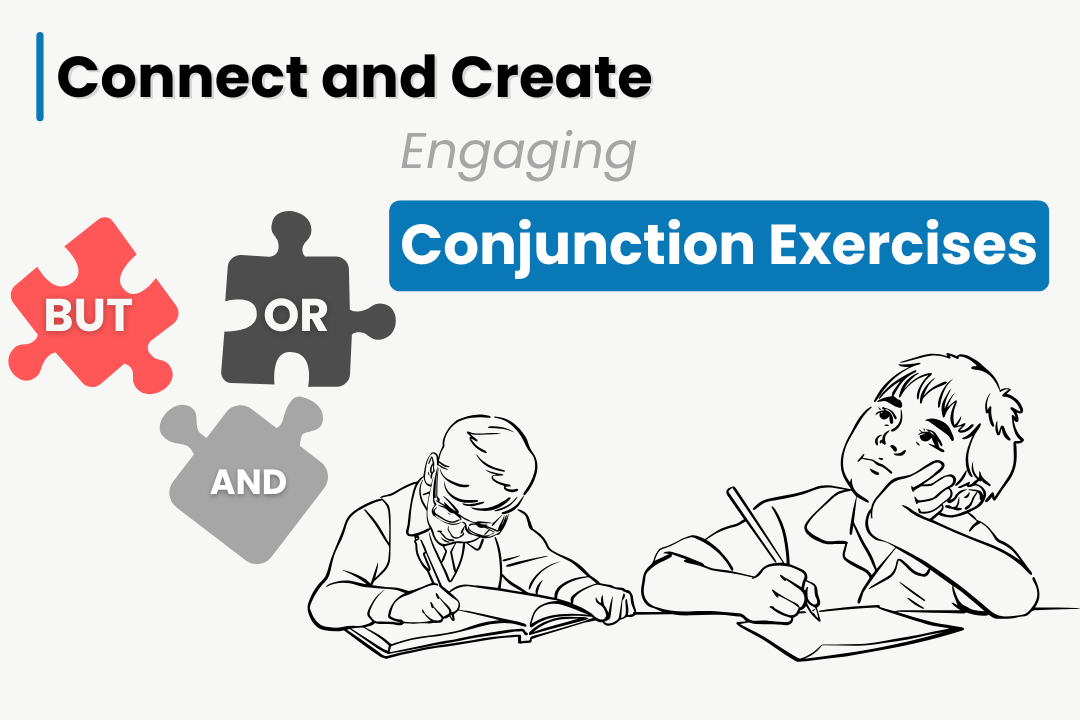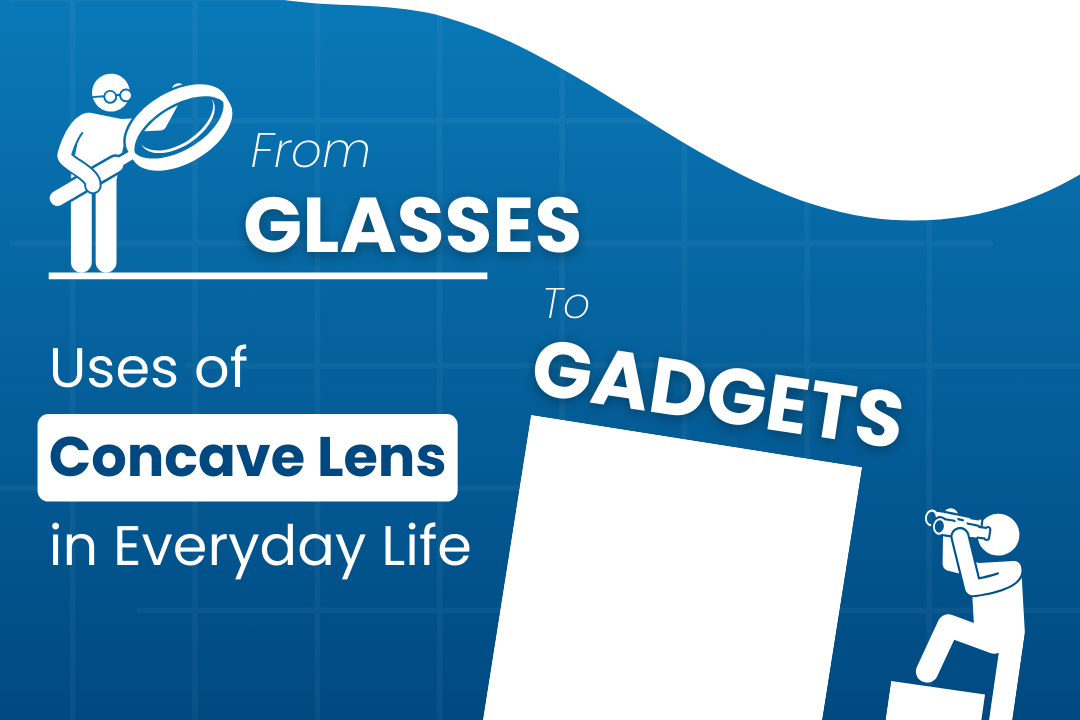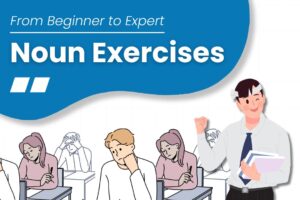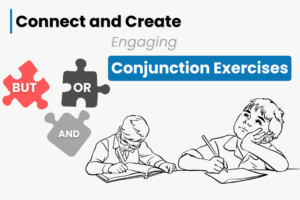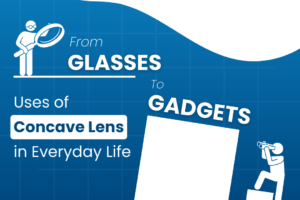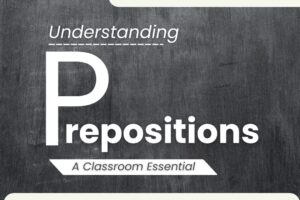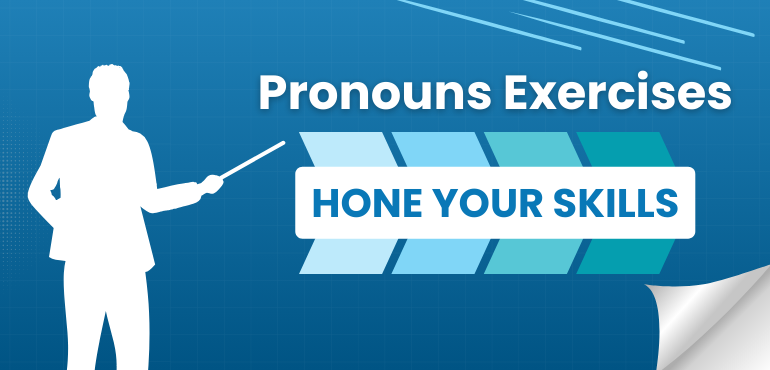
Pronouns are essential to language because they let people communicate ideas clearly and succinctly. Let’s get started with some challenging and strengthening activities to help you solidify your comprehension of types of pronouns. Practice makes perfect, after all! Make sure you’re on the correct track by reviewing your answers at the conclusion.
Identify the Pronouns
Pronouns are words that replace nouns. They help to avoid repetition and make writing more concise. There are different types of pronouns, including personal pronouns (I, you, he, she, it, we, they), possessive pronouns (mine, yours, his, hers, its, ours, theirs), and relative pronouns (who, whom, whose, which, that).
Example:
- Without Pronouns: The girl went to the store. The girl bought some apples. The girl ate the apples.
- With Pronouns: She went to the store. She bought some apples. She ate them.
Exercise 1: Personal Pronouns
Identify the personal pronouns in the following sentences:
1. She went to the store to buy groceries.
2. We have a meeting scheduled for tomorrow.
3. John and I are working on a project together.
4. Can you please pass me the salt?
5. They have already seen the movie.
6. They are going to the park.
7. She will call you later!
8. He is writing a letter.
9. We have a surprise for you.
10. She and I are good friends.
Answers:
1. She (Personal Pronoun – Third Person)
2. We (Personal Pronoun – First Person)
3. I (Personal Pronoun – First Person)
4. You (Personal Pronoun – Second Person)
5. They (Personal Pronoun – Third Person)
6. They (Personal Pronoun – Third Person)
7. She (Personal Pronoun – Third Person)
8. He (Personal Pronoun – Third Person)
9. We (Personal Pronoun – First Person)
10. She (Personal Pronoun – Third Person), I (Personal Pronoun – First Person)
Exercise 2: Demonstrative and Interrogative Pronouns
Identify the demonstrative and interrogative pronouns in the following sentences:
1. This is my favorite restaurant in town.
2. Have you seen my keys anywhere?
3. That book on the shelf belongs to Mary.
4. Which of the two options do you prefer?
5. These are the flowers I bought for the party.
6. Who is knocking at the door?
7. I would like to buy this dress.
8. Which of the books do you recommend?
9. Are you interested in purchasing those shoes?
10. What is the capital of France?
Answers:
1. This (Demonstrative Pronoun), You (Interrogative Pronoun)
2. You (Interrogative Pronoun)
3. That (Demonstrative Pronoun), Mary (Proper Noun)
4. Which (Interrogative Pronoun), You (Personal Pronoun – Second Person)
5. These (Demonstrative Pronoun)
6. Who (Interrogative Pronoun)
7. This (Demonstrative Pronoun)
8. Which (Interrogative Pronoun)
9. Those (Demonstrative Pronoun)
10. What (Interrogative Pronoun)
Exercise 3: Relative and Indefinite Pronouns
Identify the relative and indefinite pronouns in the following sentences:
1. The person who called you left a voicemail.
2. I need something to eat; I’m quite hungry.
3. Many students attended the seminar.
4. Whose bag is this?
5. I saw all the movies nominated for the award.
6. Who called you left a voicemail.
7. Many enjoyed the concert.
8. Who won the competition?
9. Some of the students are presenting their projects today.
10. I need something to eat; I’m quite hungry.
Answers:
1. Who (Relative Pronoun), You (Personal Pronoun – Second Person)
2. Something (Indefinite Pronoun)
3. Many (Indefinite Pronoun)
4. Whose (Interrogative Pronoun)
5. All (Indefinite Pronoun)
6. Who (Relative Pronoun)
7. Many (Indefinite Pronoun)
8. Who (Relative Pronoun)
9. Some (Indefinite Pronoun), Their (Possessive Pronoun).
10. Something (Indefinite Pronoun)
Exercise 4: Possessive, Reflexive, and Intensive Pronouns
Identify the possessive, reflexive, and intensive pronouns in the following sentences:
1. The red bike is mine.
2. She bought the dress for herself.
3. Yourself and the team did a great job.
4. I painted the room myself.
5. The decision is yours to make.
6. Did you complete the task yourself?
7. I completed the project. I did it myself.
8. They enjoyed the party by themselves.
9. The house is hers.
10. Is this pen yours?
Answers:
1. Mine (Possessive Pronoun)
2. Herself (Reflexive Pronoun)
3. Yourself (Reflexive Pronoun)
4. Myself (Reflexive Pronoun)
5. Yours (Possessive Pronoun)
6. Yourself (Intensive Pronoun)
7. Myself (Intensive Pronoun)
8. Themselves (Reflexive Pronoun)
9. Hers (Possessive Pronoun)
10. Yours (Possessive Pronoun)
Conclusion:
Mastering pronouns enhances communication. Regular practice builds proficiency. Keep exploring language nuances, and soon, pronouns will be wielded effortlessly in your expressions.

